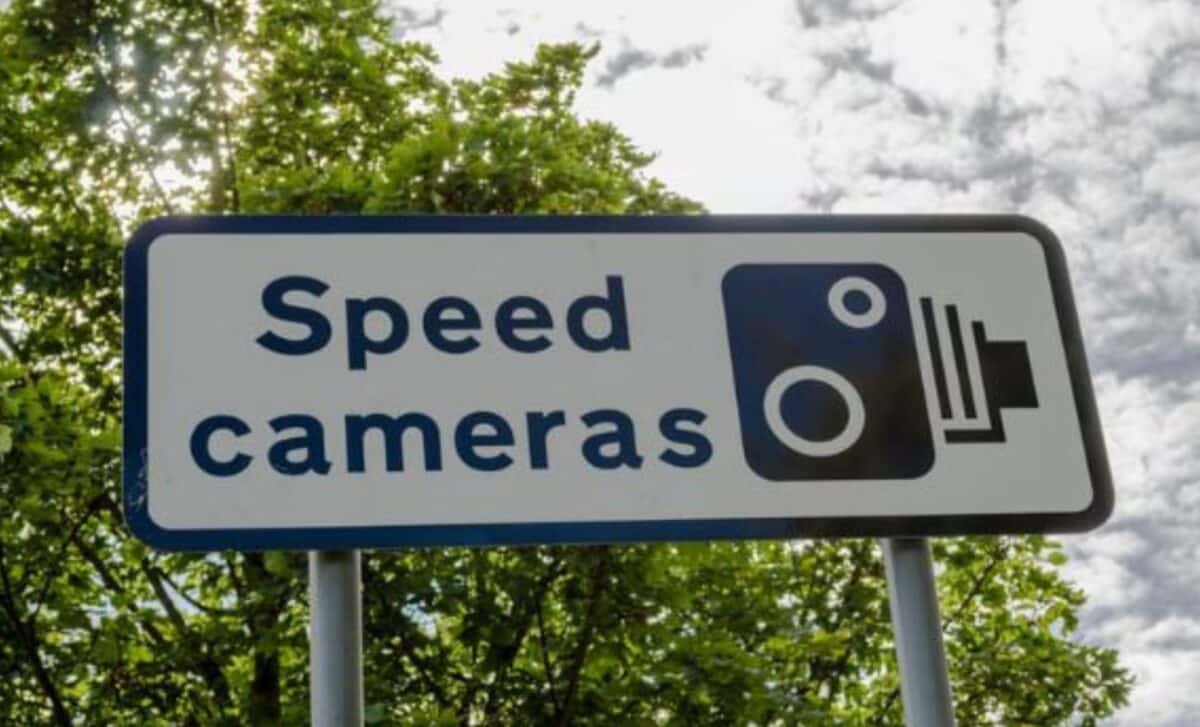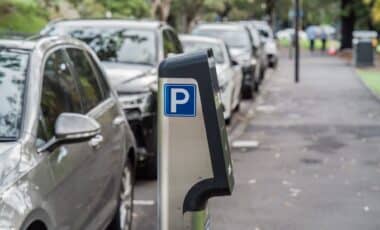Drivers in New South Wales are being warned about a major enforcement change as average speed cameras, once limited to heavy vehicles, will soon monitor all motorists. As reported by Yahoo News Australia, from May 1, point-to-point cameras along parts of the Pacific Highway and Hume Highway will begin tracking light vehicles for the first time—marking a shift aimed at reducing the state’s rising road death toll.
Why the Change? Rising Road Deaths and Expanded Enforcement
Until now, average speed cameras in NSW were used solely for monitoring heavy vehicles, but recent data has prompted a significant policy shift. Between 2018 and 2022, nearly 80% of fatalities and serious injuries in average speed camera zones involved non-heavy vehicles, highlighting the need for wider enforcement.
This policy update is part of a broader road safety initiative, responding to a surge in national fatalities. 2024 was the deadliest year on Australian roads in more than a decade, with 1,300 lives lost, up from 1,258 in 2023. Experts have pointed out that this increase cannot be explained by population growth alone, as the death rate per 100,000 people has been climbing consistently.
How Average Speed Cameras Work—and What to Expect
Average speed cameras differ from traditional speed traps by measuring a vehicle’s speed over a set distance, rather than at a single point. By recording the time a vehicle passes two fixed points, the system calculates its average speed, issuing a penalty if the legal limit is exceeded.
From May 1 to July 1, the system will operate in trial mode, with warning letters sent to speeding drivers. After the trial period, enforcement begins with fines and demerit points issued to violators. Penalties for light vehicle drivers can reach $3,300, while heavy vehicle drivers may face fines up to $5,500 and six-month licence disqualifications for the most serious offences.
Government Response and Road Safety Messaging
NSW Minister for Roads John Graham confirmed that the new rules will be introduced alongside a robust public awareness campaign:
“We know that speed remains our biggest killer on the road, contributing to 41 per cent of all fatalities over the past decade. We know the trial will be a change for motorists in NSW, so it will be supported by community and stakeholder communications. All average speed camera locations have warning signs installed.”
Government officials argue that expanding enforcement beyond heavy vehicles will lead to fewer high-speed crashes, particularly on major regional highways where fatalities are most common. Graham noted that global research consistently links average speed enforcement with reduced crash-related injuries and deaths.
Where the Changes Are Happening First
The first two affected locations are:
- Pacific Highway between Kew and Lake Innes
- Hume Highway between Coolac and Gundagai
These corridors have a history of frequent crashes, and authorities hope this move will discourage prolonged speeding on high-risk routes. The phased introduction will allow time for public adjustment, with clear warning signs already in place at camera sites.









